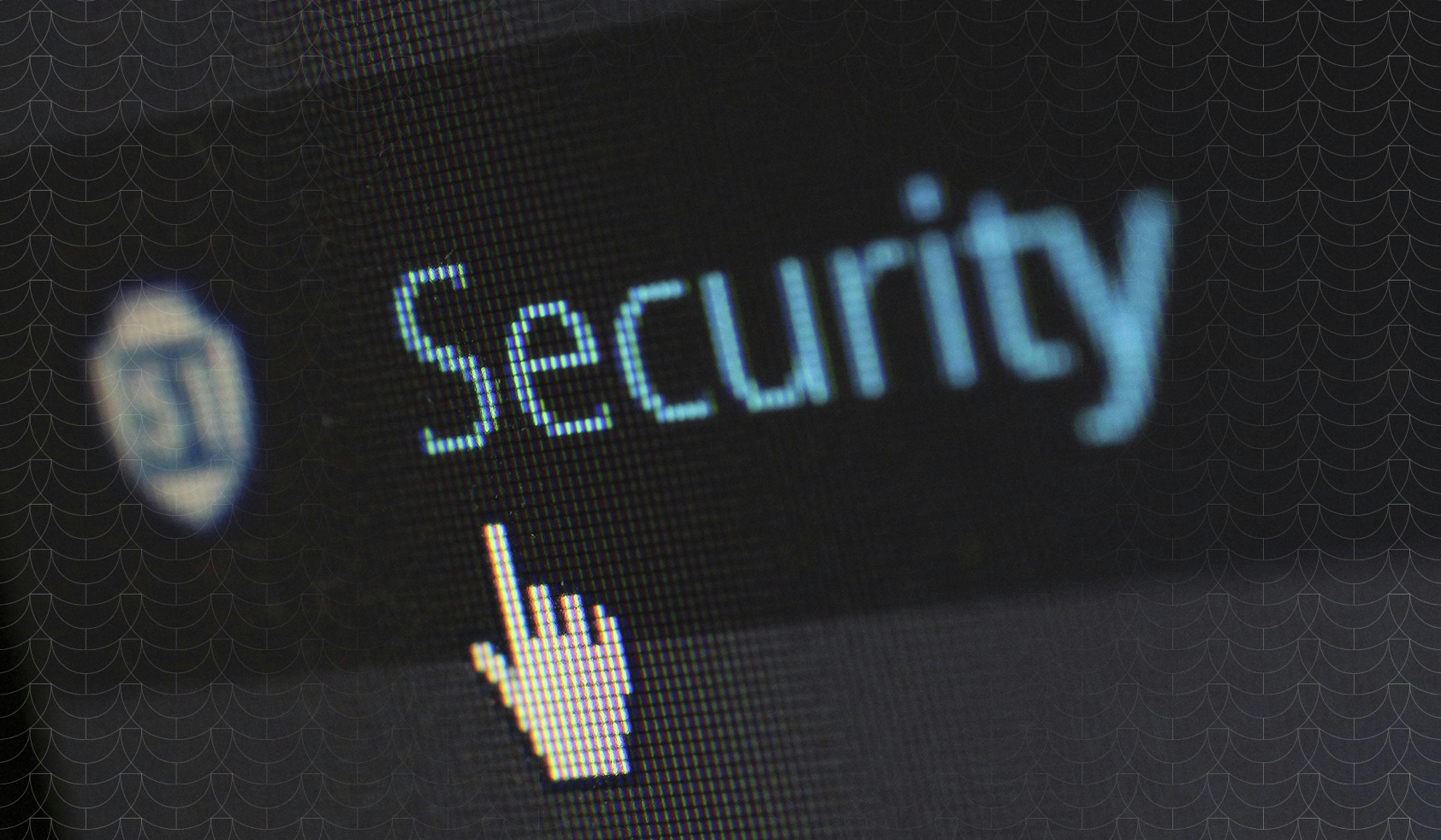School Access Control: Ensuring Safety On Campus
.webp)
Schools security teams today face the challenge of maintaining an open and welcoming environment while protecting students, staff, and facilities from a growing range of security threats. From unauthorized access and vandalism to more serious emergencies, there’s plenty to think about.
School access control is one of the most effective ways to strengthen campus security. By managing who can enter and move through a campus, schools can prevent threats before they occur, respond faster during emergencies, and build a safer environment for learning.
This guide explores how access control systems work, the technologies available today, key implementation strategies, and why Acre security is a trusted provider in this space.
What is school access control and why does it matter?
Access control in a school context refers to the systems and policies used to manage who can enter, exit, and access specific areas of a campus. This includes everything from locked doors and gate controls to digital credentials, visitor check-ins, and emergency lockdown systems.
The goal is simple: keep unwanted visitors out while allowing authorized individuals to move freely and safely.
Read more: Tailoring Access Control Systems
Common security threats on school campuses
Schools are facing a wide range of security threats, both physical and digital. These challenges are not theoretical. From trespassers entering school grounds to serious acts of violence, real incidents continue to make national headlines. Access control systems play a key role in preventing these threats and improving response times when incidents do occur.
Here are some of the biggest security risks:
Unauthorized access
Individuals without permission (intruders, suspended or expelled students, or even former staff) can sometimes gain entry to school grounds or buildings. Without proper access control in place, these events can go undetected until it is too late.
Violence and emergencies
Schools must be prepared for everything from altercations between students to active shooter scenarios. In these situations, seconds matter. The ability to lock down parts of a building or trigger mass alerts can save lives.
Vandalism and theft
Unsupervised access to areas like classrooms, IT rooms, and storage facilities can lead to property damage or the theft of valuable equipment. This includes stolen laptops, damaged doors, or graffiti, which all cost time and money to repair.
Lack of accountability
Without proper tracking systems, schools may not know who is on site at any given moment. This lack of visibility can slow down emergency responses, increase liability risks, and make it harder to maintain a secure learning environment.
Types of school access control systems
To address these risks, schools can choose from a range of physical and digital systems that manage and monitor who enters and exits different areas.
Physical access control
Secured doors and gates
These are the first line of defense, protecting entrances and exits with reinforced locks and barriers. They help control traffic into buildings and restrict access to certain zones, such as administrative offices or science labs.
Turnstiles and entry booths
Commonly used in high-traffic areas, such as gymnasiums or residence halls, these systems prevent unauthorized tailgating and ensure that everyone entering is properly authenticated.
Electronic access control
Key cards and fobs
These are issued to staff, students, and contractors, allowing controlled entry to designated spaces. They can be quickly deactivated if lost or stolen, offering more flexibility than traditional keys.
PIN pads and intercoms
These devices allow individuals to request access or verify identity manually. They are often placed at side entrances or in areas that require secondary authentication.
Mobile credentials
Mobile access uses smartphones as digital keys, leveraging Bluetooth or Near Field Communication technologies. These credentials are protected by the user’s phone security and can be remotely managed by administrators.
Visitor management systems (VMS)
Check-in kiosks
Visitors can check in using a touchscreen interface, scan their identification, and receive a temporary access pass. These kiosks reduce administrative workload while improving accuracy.
Photo capture and watchlist integration
Advanced systems take a photo of each visitor and automatically cross-reference entries with internal watchlists or external databases, enhancing threat detection in real time.
Emergency lockdown controls
Mass notification systems
These systems can send alerts by text, email, or intercom to notify staff and students of an emergency and provide instructions.
Remote lockdown capabilities
Administrators can instantly secure doors across campus from a central interface, helping isolate threats and protect occupants.
What are the benefits of modern access control for schools?
Upgrading to a modern access control system is a way for schools to protect people, streamline operations, and deliver a safer learning environment. The benefits include:
Improved student and staff safety
By limiting who can enter specific areas, schools can better protect sensitive zones such as nurse’s offices, IT suites, and early education classrooms.
Controlled visitor access
Knowing exactly who is on campus and why helps reduce risk and ensures all guests are properly vetted.
Real-time monitoring and alerts
Security staff and administrators can view entry and exit logs instantly, receive alerts when something unusual occurs, and respond faster to incidents.
Emergency readiness
When emergencies happen, speed matters. Access control systems integrated with mass notification tools and lockdown functions can help schools respond quickly and effectively.
System integration and efficiency
These platforms can integrate with video surveillance, HR databases, and even bell schedules. This creates a central source of truth and reduces manual work for administrative and IT staff.
6 steps to implement an access control system in schools
- Conduct a security audit: Identify risks, vulnerable access points, and current gaps.
- Define access policies: Determine who needs access to what, and when.
- Choose appropriate technologies: Consider wireless vs. wired, mobile credentials, biometric options, etc.
- Install and test systems: Ensure everything integrates properly.
- Train staff and students: Everyone should understand how to use and comply with access policies.
- Monitor and adjust: Continuously review system data and improve configurations.
Challenges in implementing school access control, and how to overcome them
Even the most well-intentioned security upgrades can face practical challenges. Here’s how to address those challenges to ensure a successful rollout.
Budget constraints
Many schools work within tight budgets and must carefully prioritize spending. This can make it difficult to invest in new technology, especially when safety upgrades are competing with other pressing needs like staffing or classroom materials.
How to address it:
Start with a phased approach. Focus on high-risk entry points or critical facilities first, and expand over time. Seek out vendors that offer flexible financing options or modular systems that allow you to scale. Applying for grants or working with local government safety programs can also unlock additional funding.
Legacy infrastructure
Older buildings were not designed with modern security systems in mind. Schools may face challenges installing wiring, positioning hardware, or integrating new systems with outdated technology.
How to address it:
Look for access control solutions that support wireless installations or cloud-based management. These systems are less invasive, reduce installation costs, and offer remote monitoring capabilities. Involving facilities staff early in the planning process can help identify practical solutions.
Balancing security with accessibility
Schools need to be safe, but also feel open and welcoming. Overly strict measures or visible security equipment can make students and staff feel like they are in a restricted environment rather than a place for learning.
How to address it:
Use discreet technology such as mobile credentials, remote intercoms, and unobtrusive visitor management stations. Role-based access ensures that movement is controlled without making daily routines feel restricted. Educating the school community about how these systems protect, not punish, can build trust and improve adoption.
Lack of stakeholder buy-in
Teachers, administrators, and parents may not always understand why a system is needed or how it works.
How to address it:
Communicate clearly and early. Hold demonstrations or training sessions to show how the technology works and how it enhances safety. Gather feedback from staff and students during rollout to improve usage and engagement.
Read more: Tackling Common Challenges in Access Control for Schools
Legal and compliance considerations for school security
Alongside physical implementation, schools need to navigate a range of legal and regulatory responsibilities when it comes to access control and data protection. In the U.S., these include:
FERPA compliance
The Family Educational Rights and Privacy Act requires that schools protect student education records. Access control systems that log movement or collect personally identifiable information must handle this data with care.
How to stay compliant:
Ensure your access control provider stores data securely, offers proper user controls, and allows schools to restrict access to sensitive information. Look for systems that can be configured to align with FERPA requirements and include audit trails for review.
State and local safety mandates
Different states and school districts have varying requirements around emergency preparedness, lockdown protocols, and campus security standards.
How to stay compliant:
Work with vendors who understand your local regulations and can help configure systems accordingly. Choose platforms that offer customizable workflows and reporting tools that align with official guidelines and inspection protocols.
Privacy concerns
Parents and staff may be uneasy about technologies like facial recognition, video surveillance, or mobile tracking. Transparency is essential to avoid backlash and maintain community trust.
How to stay compliant:
Prioritize systems that are designed with privacy in mind. This includes encrypted data storage, limited data retention, and clear role-based access controls. Communicate openly about what data is collected, why it is used, and how it is protected. Offering opt-in settings where possible can also help address privacy concerns.
Why choose Acre security for school access control?
Acre Security is a global leader in physical security, offering tailored solutions that address the complex needs of educational institutions.
Trusted technology built for education
Acre Access Control: Cloud-native access control powered by the Phoenix platform. Enables real-time monitoring, mass notifications, remote lockdowns, and mobile credential support.
Intrusion Detection Systems: Intelligent monitoring to detect and respond to unauthorised access attempts.
Visitor Management: Platforms like TDS and FAST-PASS enable streamlined check-in, watchlist screening, and real-time reporting.
Acre Wallet: Secure mobile access using BLE, NFC, and biometric protection.
Comnet by Acre: A networking backbone for secure, always-on system connectivity.
Proven results
Acre security solutions are used by schools around the world, including The Beacon School in the UK.
Ready to strengthen your campus security?
With the right systems and partners in place, schools can dramatically improve campus safety, streamline operations, and meet evolving regulatory demands.
Acre Security provides the tools, expertise, and support to help educational institutions implement access control systems that make a real difference.
Speak to a security expert.




.png)